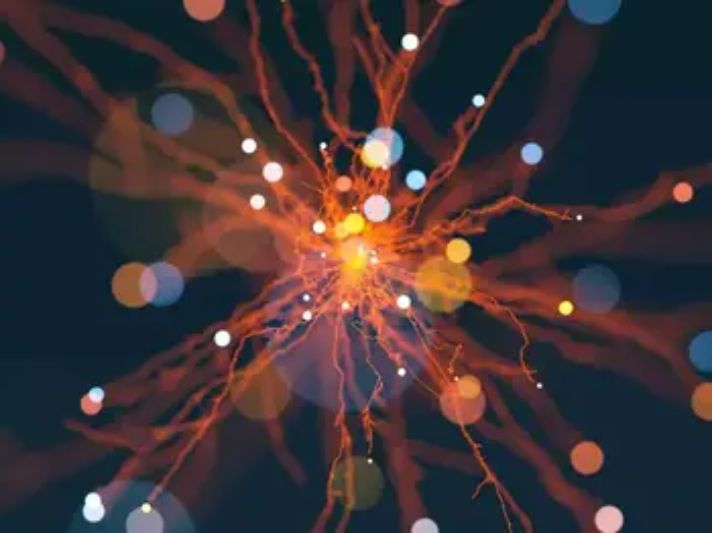
Early biomolecules are produced through reactions catalysed by nitrogen-doped graphite.
The sun, which was essential in sustaining the first biological molecules on Earth, promoted critical reactions and acted as a catalyst to quicken chemical reactions. Recently, a team of scientists showed that a material created by the collision of ammonia and methane plasma has the ability to harness light energy to speed up amine-to-imine transformations.
This method might have played a major role in the emergence of the first biomolecules. Angewandte Chemie, a publication, recently published the findings.
The first biomolecules were developing on the early Earth between three and four billion years ago, just before an explosion of life. However, catalysts were necessary for these early chemical processes. Researchers from Fuzhou University in China, led by Xinchen Wang, have found that these catalysts may have originated in the primordial atmosphere itself.
The scientists employed chemical vapour deposition to create nitrogenous carbon compounds as potential catalysts using methane and ammonia gases, which were most likely present in the hot gas mixture engulfing the Earth in the Archean age. They discovered that molecules from an ammonia and methane plasma condensed in a reaction chamber onto a surface and quickly expanded to create a solid nitrogenous carbon polymer resembling nitrogen-doped graphite.
The scientists found that this polymer has catalytically active sites and an electron structure that allowed it to be stimulated by light because of the irregularly inserted nitrogen atoms. The next step for the researchers was to demonstrate how much the chemical could decrease or oxidise other substances when exposed to light.
Imine production on the early Earth might have been one of the most important processes. Imines, also known as Schiff bases, are amines, which are substances made of carbon, nitrogen, and hydrogen. Imines are thought by many chemists to have played a role in the emergence of the first hereditary ribonucleic acid (RNA) molecules on early Earth. Wang and his team might be able to demonstrate how their plasma-generated catalyst can change amines into imines just by sunlight.
According to the research team, carbon nitride-based photocatalysts, like the plasma-generated material, may have endured for millions of years while generating significant chemical intermediates. Additionally, they might have been a source of substances including carbon and nitrogen. The discovery throws new light on the potential evolutionary path taken by biomolecules by demonstrating that it is possible to create such a catalyst using only the gases and conditions present in the atmosphere of early Earth.
In today's competitive landscape, obtaining a service supplier can significantly expand operations. This guide explores… Read More
Bitcoin, a virtual digital asset (VDA), became the first cryptocurrency in the world when it… Read More
There's much more to running a restaurant than just serving delicious food. It is imperative… Read More
Find out how to make extra money by learning how to sell goods on Facebook… Read More
Are you considering a career in healthcare? Whether you're just starting your journey or looking… Read More
For some children, the prospect of an outing to the dentist can conjure up sensations… Read More